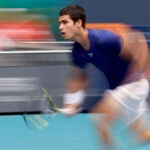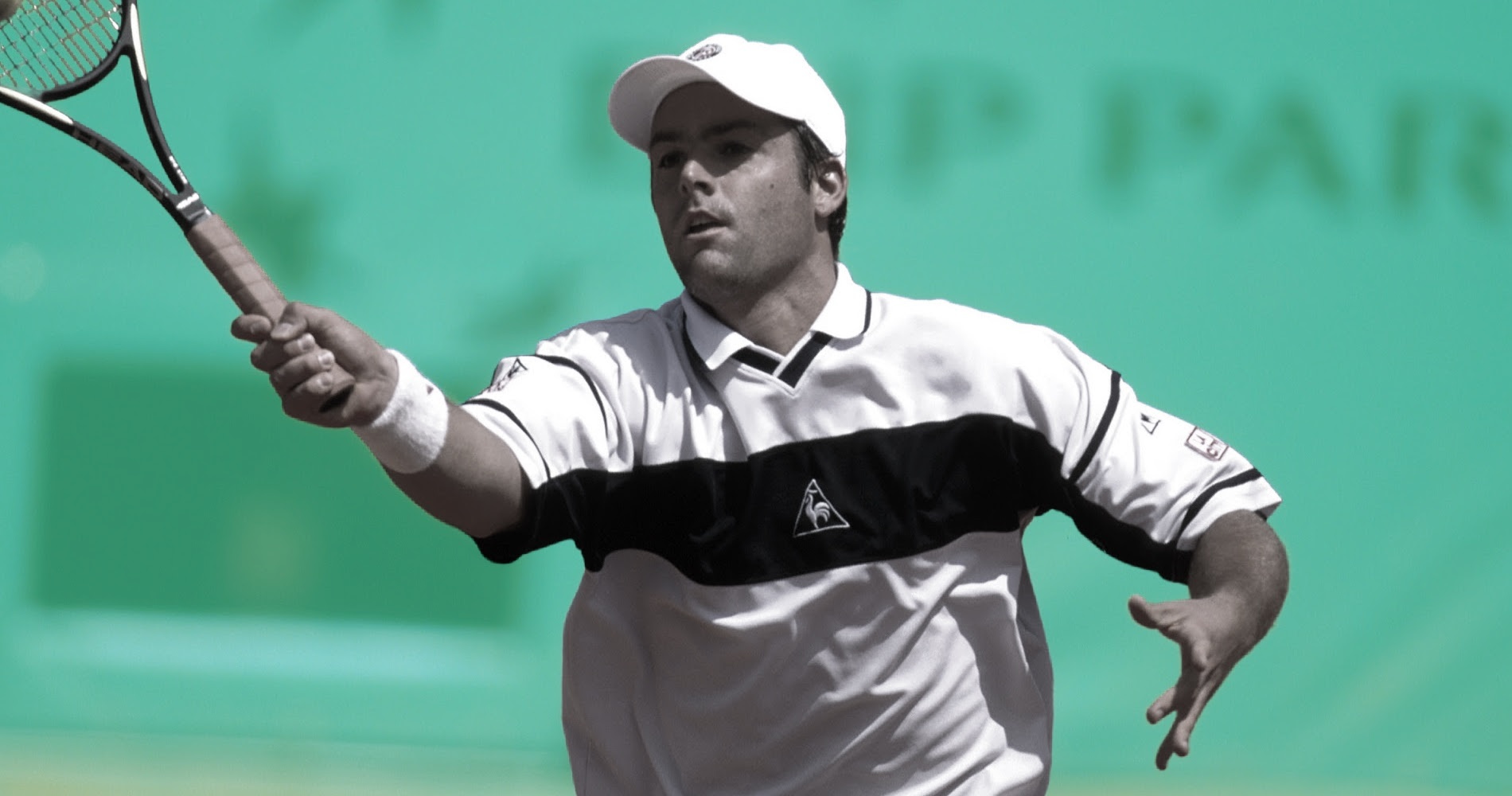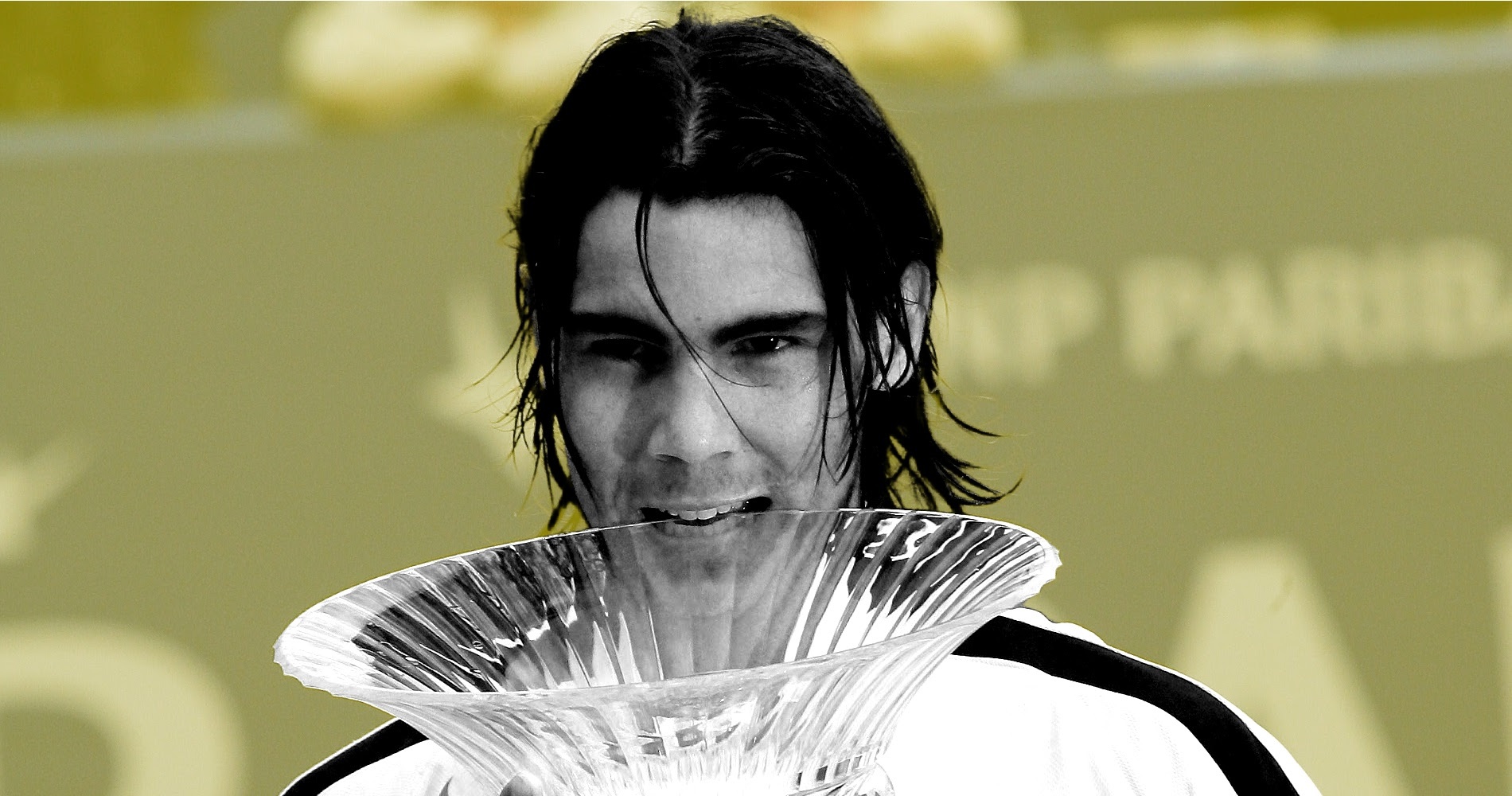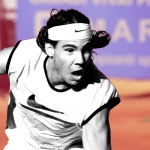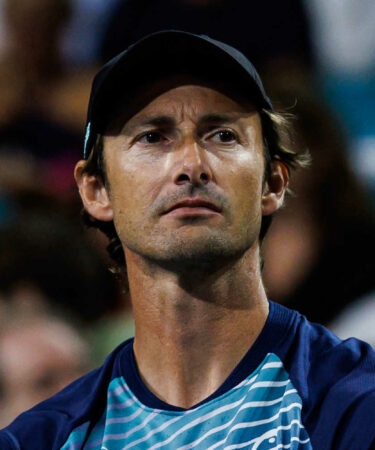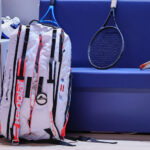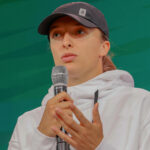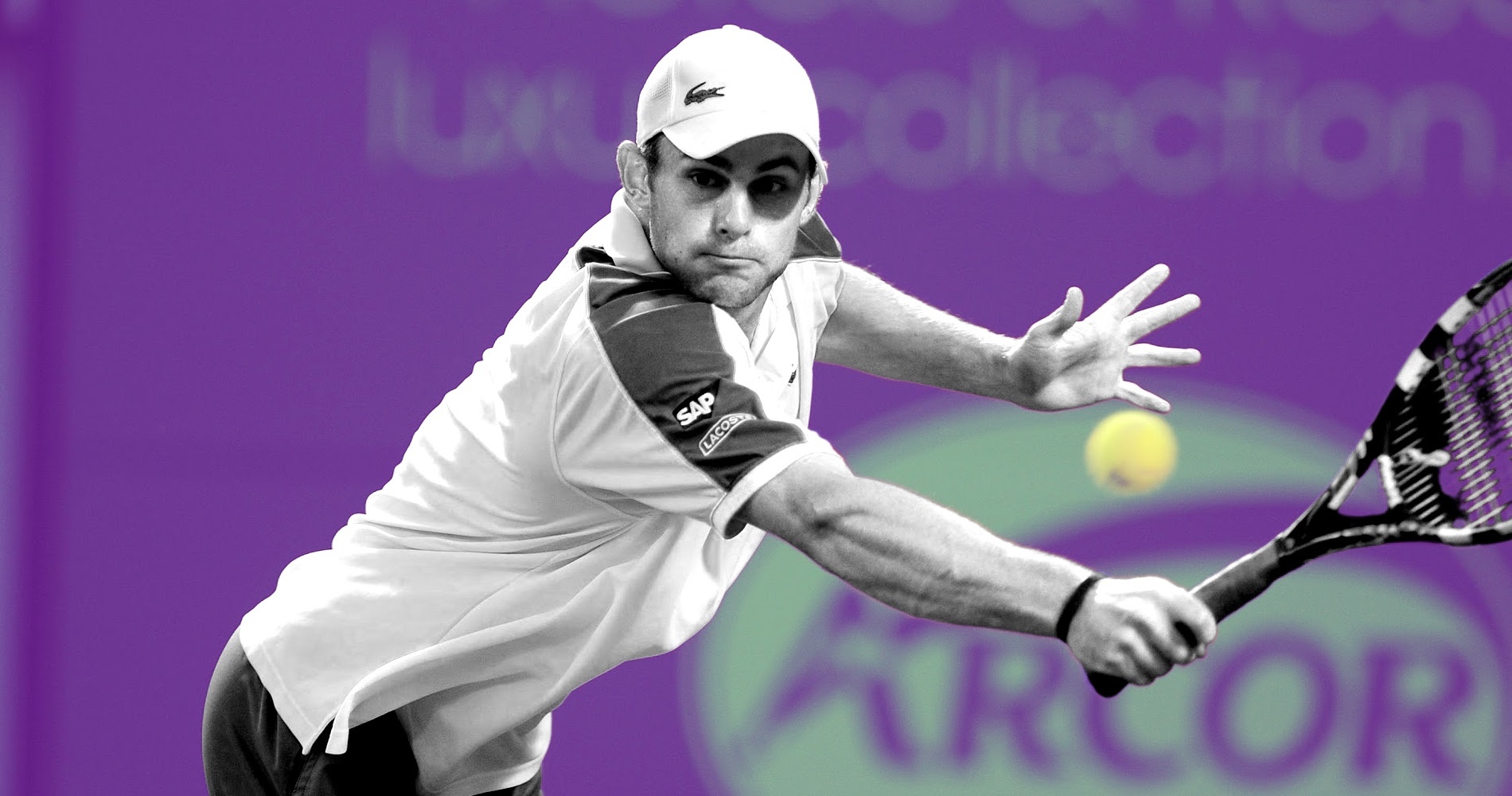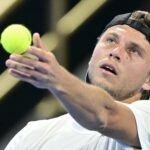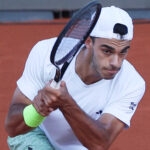April 24, 2005: The day Rafael Nadal won Barcelona to break into top 10 for the first time
Each day, tennis Majors looks back at the biggest moments in tennis history. On April 24, 2005, Rafael Nadal won the Barcelona Open to break into the world’s top 10 for the first time
 On this day Nadal 24.04.2021
On this day Nadal 24.04.2021
What happened exactly on that day
On this day, April 24, 2005, Rafael Nadal defeated Juan Carlos Ferrero in the final of the Barcelona Open (6-1, 7-6, 6-3). This win, on top of giving him his second clay-court title in two weeks, propelled the 18-year-old Spaniard in the top 10 for the first time, and he would secure his spot in the elite for the next 16 years without an interruption, never dropping further than world No 10, in 2015.
The players: Rafael Nadal and Juan Carlos Ferrero
- Spain’s teenage superstar, Rafael Nadal
In April 2005, when the Monte-Carlo Open began, the young Rafael Nadal was only 18 years old but had made himself known on the Tour already as an upcoming threat. Back in 2002, Nadal, at the age of 15 years, 10 months and 26 days, made his first appearance on the main Tour, after the director of the Majorque Open invited him into the main draw. In front of his home crowd, the 762nd-ranked player in the world not only played, but won his first ATP match, beating world No 81 Ramon Delgado in two sets (6-4 6-4). A year later, in 2003, aged 16, at the Monte-Carlo Masters 1000, he defeated the Roland-Garros defending champion, Albert Costa (7-5, 6-3), before reaching the third round at Wimbledon (lost to Paradorn Srichaphan, 6-4, 6-4, 6-2). In 2004, he knocked out the new world No 1, Roger Federer, at the Miami Masters 1000 (6-4, 6-4), and he was a part of the Spanish Davis Cup victory, defeating world No 2 Andy Roddick in the final against the United States (6-2, 6-7, 7-6, 6-2). In August, he also won his first ATP tournament, in Sopot, defeating Jose Acasuso in the final (6-3, 6-4). He started 2005 by reaching the Australian Open fourth round (defeated by Lleyton Hewitt, 7-5, 3-6, 1-6, 7-6, 6-2), before claiming two consecutive clay-court titles in South America (in Costa do Sauipe and Acapulco). Then, in Miami, he reached the final, where, to general astonishment, he managed to take a two-set lead against Roger Federer, before he saw the world No 1 coming back, and he finally lost (2-6, 6-7, 7-6, 6-3, 6-1). He was now the 17th player in the world, but, after he claimed his first Masters 1000 title in Monte-Carlo (defeating Guillermo Coria in the final, 6-3, 6-1, 0-6, 7-5), he was world No 11, at the gate of the top 10.
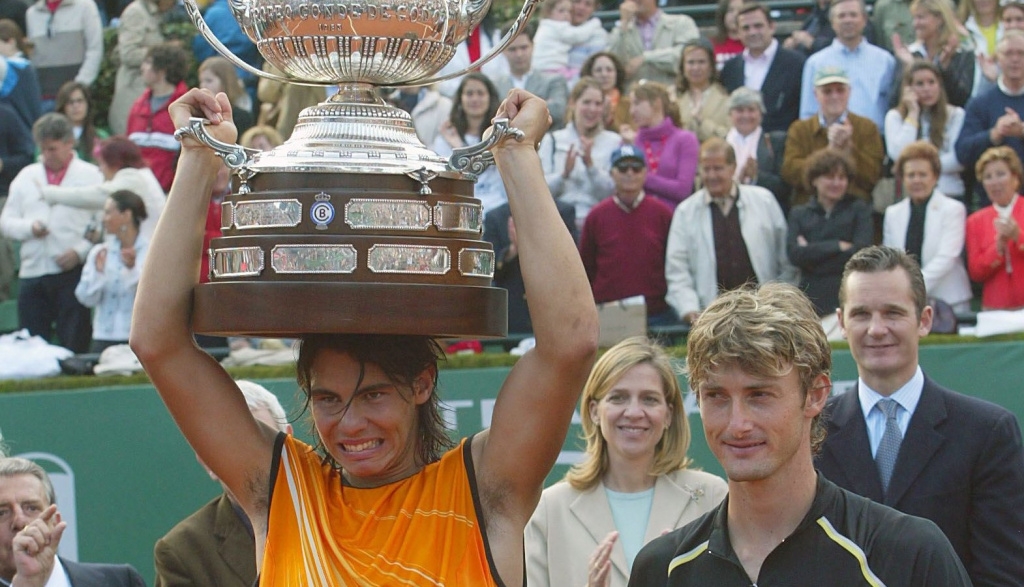
- Juan Carlos Ferrero, “The Mosquito”
Born in 1980, Juan Carlos Ferrero, nicknamed “The Mosquito”, had his peak years between 2000 and 2003. In those days, he was considered as one of the very best clay-court players in the world: he compiled a 111-25 match record on red dirt – winning three of his four ATP World Tour Masters 1000 trophies – and went 23-2 at Roland Garros, where he finished runner-up in 2002 and captured the 2003 crown against Martin Verkerk (6-1, 6-3, 6-2). In September 2003, he even became world No 1, after reaching the final at the US Open, where he was defeated by Andy Roddick (6-3, 7-6, 6-3), who also took the world No 1 spot from him eight weeks later. He had started well in 2004, only beaten by Roger Federer in the semi-final of the Australian Open (6-4, 6-1, 6-4), before chickenpox followed by a wrist injury ruined his season. He left the top 10 in September and finished the year as world No 31. Defeated in the third round of the Australian Open by Guillermo Coria (6-3, 6-2, 6-1), he almost left the top 100 in the following weeks (world No 98), but as he reached the 16th round in Miami and the semi-finals in Monte-Carlo, he climbed back to world No 58 before landing in Barcelona.
The place: Barcelona Open
The Barcelona Open, established in 1953, was a part of the European clay-court season that led to the French Open. Following the Monte-Carlo Open, it was a prestigious tournament, where many former or future Roland-Garros champions had triumphed, such as Bjorn Borg, Ivan Lendl, or, later, Thomas Muster, Juan Carlos Ferrero and Carlos Moya.
The facts: Nadal sees off Ferrero in style
Although Juan Carlos Ferrero was only 23 years old in 2005, his encounter with Rafael Nadal, in the fifth 100% Spanish final in the history of the Barcelona Open, almost looked like a clash of generations.
Ferrero had been one of the dominant clay-players in the early 2000s. Tennis enthusiasts remembered his rivalry with Gustavo Kuerten, and his triumph in Roland-Garros, in 2003, a few months before he became the first Spaniard to ever reach world No 1. This seemed like ages ago. In just a year of time, due to sickness and injuries, Ferrero had slipped from the very top of the rankings to world No 98 in February 2005. His results in the first months of the season had not been great, but as the clay-court season began, he reached the semi-finals at Monte-Carlo (lost to Guillermo Coria, 7-5, 6-2). The following, in Barcelona, he escaped a first-round loss against Albert Montanes (6-3, 3-6, 7-5) and defeated Gaston Gaudio, the Roland-Garros defending champion, in the quarter-finals (6-4, 4-6, 6-3).
In the final, he faced the new star on the Tour, Rafael Nadal. The 18-year-old lefty had just claimed his first Masters 1000 title in Monte-Carlo, and, with his incredible topspin forehand, his defensive skills and his fighting spirit, many observers already thought that he would dominate the game on clay courts in the near future. In Barcelona, the youngster stormed through the draw without dropping a single set.
A few weeks before, Nadal had destroyed Ferrero in Valencia (6-2, 6-1), and, in the first set of the Barcelona final, he overwhelmed the “Mosquito” once again with his power, dropping only one game (6-1). However, the former world No 1’s efforts paid off in the second set, but, despite an early break, he was pushed into a tiebreak. In a fierce baseline battle, Nadal prevailed, 7-4. He blasted through the third set, to claim his second title in two weeks, which propelled him into the ATP top 10 for the first time.
“I’m delighted and feel incredibly happy with what has been an amazing two months,” said Nadal, according to Eurosport.com. “It’s brilliant to be ranked No 7 in the world as early as April and it’s been a dream come true to win here and in Monte Carlo. It’s been a fantastic two weeks.”
“Nadal’s in great form at the moment,” said Ferrero. “I played well apart from making a few errors on crucial points. When you’re on a high like he is everything seems to go right but it doesn’t last forever.”
What next: Nadal WINS ROLAND-GARRPOS, begins rise to the top
Nadal would prove Ferrero’s comment wrong by dominating the game on clay as no one before. In Rome, bursting with confidence, he would edge Guillermo Coria in the longest ATP final ever played (6-4, 3-6, 6-3, 4-6, 7-6). These unbelievable results would make him the favorite for his first appearance at Roland-Garros. This new pressure would not disturb Rafael Nadal, who would win the tournament at his first attempt, beating Roger Federer (6-3, 4-6, 6-4, 6-3) in the semi-final and Mariano Puerta in the last round (6-7, 6-3, 6-1, 7-5). He would not be defeated on his favourite surface before May 20, 2007, when Federer would finally beat him on clay (2-6, 6-2, 6-0). In the following years, he would accumulate 13 Roland-Garros titles, but he would also achieve the career Grand Slam and hold a total of 21 major titles – the record for a male player.
In the years to come, Ferrero would never make his way back into the top 10, remaining a solid top 30 player, only performing sporadically at the very best level, far away from his glorious years. He would reach a Grand Slam quarter-final for the last time at Wimbledon in 2009, defeated by Andy Murray (7-5, 6-3, 6-2), and participate in Spain’s Davis Cup successful campaign. He would then remain a top 30 player until 2011, when some new injuries would keep him away from the tour for seven months. After a last effort to climb back to the 37th rank in the world in July 2012, he would retire from professional tennis in October the same year.
